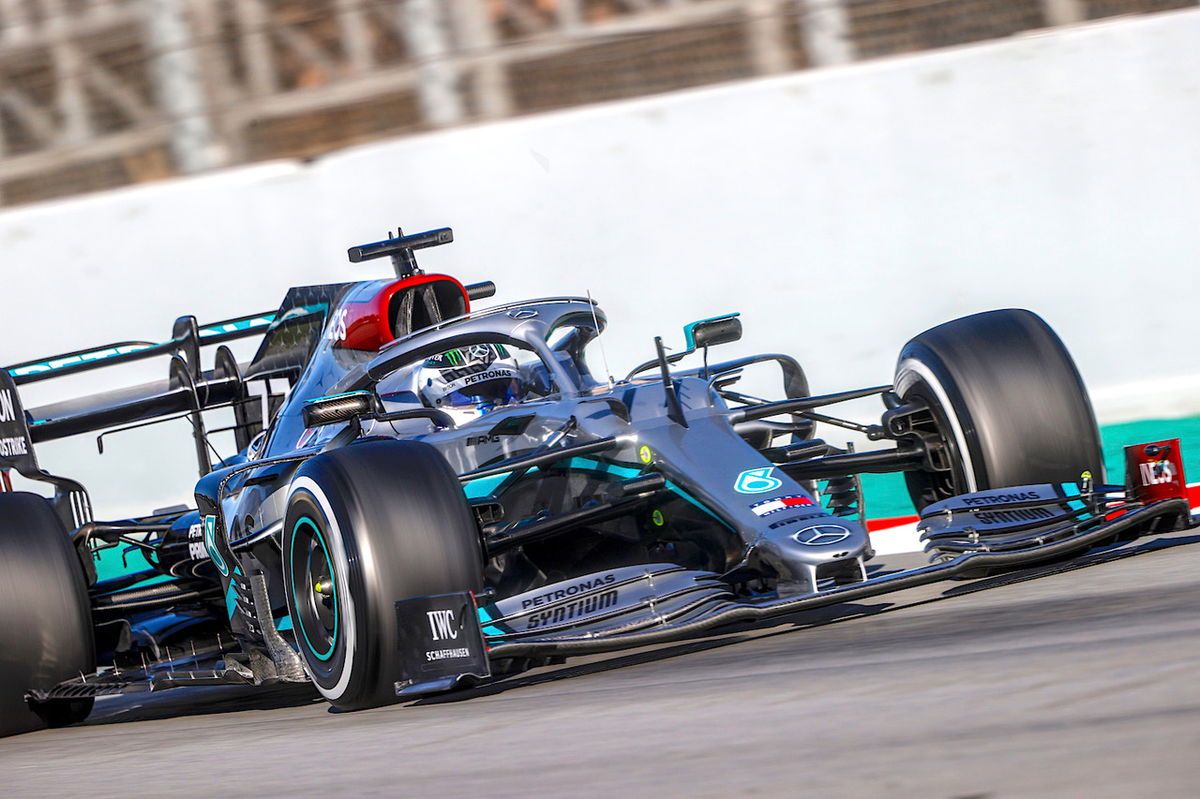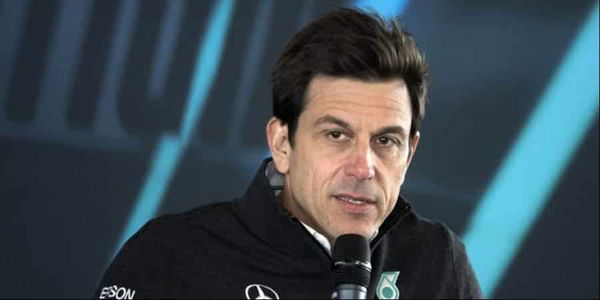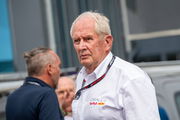

Multiple reports suggesting that the FIA planned for a ban on ‘special modes’ that are normally employed in qualifying were recently released. Apparently, the Mercedes team has been using these modes judiciously. However, F1-Insider believes that the ban may be postponed until further notice.
Watch What’s Trending Now!
According to reports, the ban was expected to make landfall at the next race in Spa-Francorchamps. However, the latest news suggests that it won’t be in place until the next race in Monza. In fact, uncertainty looms over the implementation of the ban by the FIA in Monza as well.
The primary purpose of the ban was to gain improved control over the power units’ legal operation. Now the delay means that Mercedes can continue driving with their usual engine settings in qualifying.
ADVERTISEMENT
According to some measurements, the engine output is around 1022 bhp, handing the team at least half a second compared to their rivals.
While their rivals boast of some extra horsepower during their qualifying sessions as well, Mercedes’ figures trounce everybody else’s.
Since Honda’s advantage is probably the least, the Red Bull team was gunning for the implementation of the ban, the sooner the better.
ADVERTISEMENT
ALSO READ- Toto Wolff Reveals How ‘Party Mode’ Ban Will Actually Help Mercedes F1
ADVERTISEMENT

ADVERTISEMENT
Would the ban actually affect Mercedes?
Red Bull’s Helmut Marko told F1-Insider.com, “That would be good for us because then even the pole is possible for us. In Barcelona we lost at least half a second on Mercedes in qualifying due to the party mode.
“In Spa it would have been eight tenths. We’re improving in the chassis area every weekend, getting closer and closer to Mercedes. That’s why I believe that we’ll be on par with Mercedes in Belgium in qualifying as well.”
Top Stories
Helmut Marko Drops Bombshell Claims Against Christian Horner Over Red Bull Power Grab Conspiracy

“Filthy Games Were Played”: Helmut Marko Buries Christian Horner for Conspiring Against Him

Who Are Lando Norris’s Parents? Meet Adam Norris and Cisca Wauman

Who Is Oscar Piastri’s Father, Chris Piastri? Co-Founder of Multibillion Dollar Automotive Company

Max Verstappen’s Siblings: Everything We Know About Victoria, Blue Jaye, Jason Jaxx, and Mila Faye

Truthfully, nobody knows why the party ban has been delayed, though Mercedes team boss Toto Wolff never protested. He declared that even if the ban affects them in qualifying, it would not be the same story in the race.
ADVERTISEMENT
Wolff noted that this is highly complex, and the FIA finds it easier to monitor a single mode. However, he admitted, “For years we have concentrated on making this specific aspect work, and now you come from the far left and say we don’t want this anymore. But the rule must first be precisely defined.
“In the end, I think it’s simply a new challenge for us.”
ADVERTISEMENT
ADVERTISEMENT
ADVERTISEMENT

